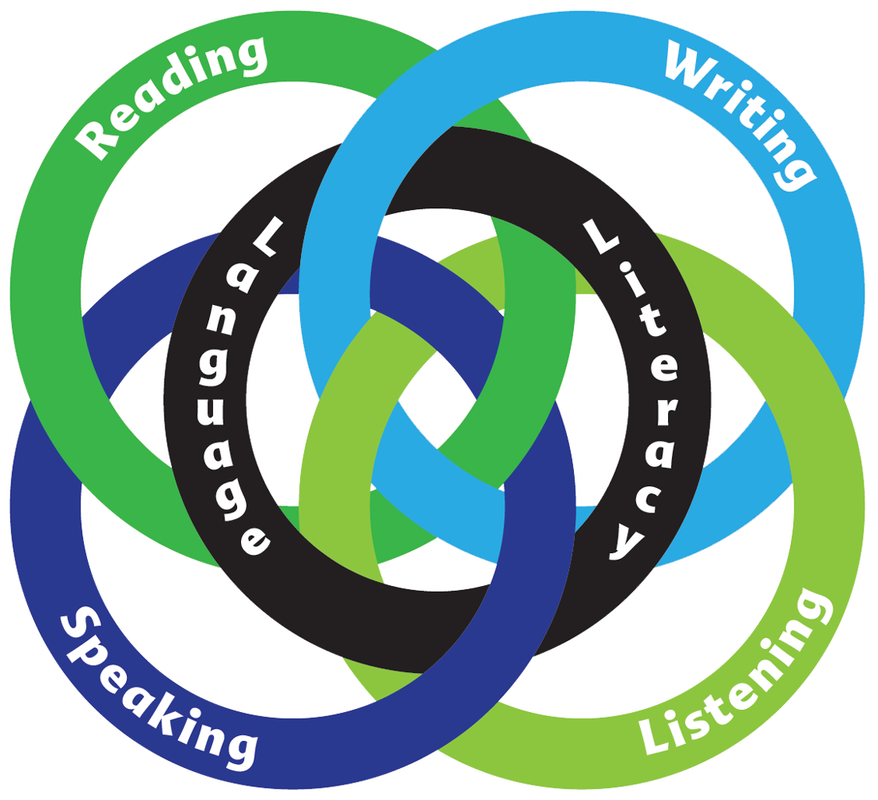|
Dr. Jaskolski uses evidence-based treatment approaches to create customize treatment plan based on your child’s strengths and needs. All therapy is individualized to meet your child’s unique learning style, incorporate his/her personal interests, and capitalize on his/her strengths to support growth and development of his/her language skills. A summary of the session is provided for the parents and a home plan with written strategies to work on during the week. |
Language

Language is the use of words in a structured or conventional way in order to communicate. When a child has difficulty with understanding what is said to him/her, he/she may have a receptive language disorder. When the problem lies in being able to use words, phrases, and sentences to share his/her thoughts or feelings effectively, the child may have an expressive language disorder. It is possible to have both receptive and expressive language difficulties at the same time.
Language disorders can occur in any of the following language domains:
Language therapy can help children improve both their understanding of language (receptive language) and the ability to communicate their thoughts and ideas (expressive language) skills. For information on whether your child is reaching their appropriate language milestones, click here. |
Reading and Writing
Many children and adolescents have difficulty learning to read and write, which is a language-based problem. The brain is biologically wired for oral language—speaking, listening, and understanding—not for written language. There are no genes and no neurological or biological structures specific to reading and writing. Dr. Jaskolski can determine whether your child presents with risk factors that indicate explicit instruction, using a structured multi-linguistic speech-to-print approach, could help your child to improve their reading and writing skills. Dr. Jaskolski is a trained SPELL-Links provider. See the SPELL-Links video.
Click here for more information on language based learning disabilities and how speech pathologists can help.
Click here to view the American Speech-Language-Hearing Association’s position statement on speech-language pathologists treating Reading and Writing Disorders (Dyslexia and Dysgraphia) |
Articulation / Phonology
Articulation refers to how speech sounds are made. Acquisition of speech sounds occurs developmentally over a period of years. For example, a child may have difficulty pronouncing a certain sound, such as substituting a “w” for a “r” sound (e.g., wabbit for rabbit), or they may leave sounds out of words, such as “nana” for “banana.” The age at which a child should be able to produce each particular sound varies, depending on the sound.
Speech intelligibility refers to how much other can understand a child's speech. Young toddlers (ages 1-2) are learning how to speak and may only be understood by family members and friends about 50% of the time. By age 3, a child is usually understood by most listeners at least 75% of the time, and most 4- and 5-year olds are approaching 100% intelligibility. Therapy can help a child to produce sounds that are developmentally appropriate for their age. For information on whether your child should be making certain sounds at their age, click here. |


